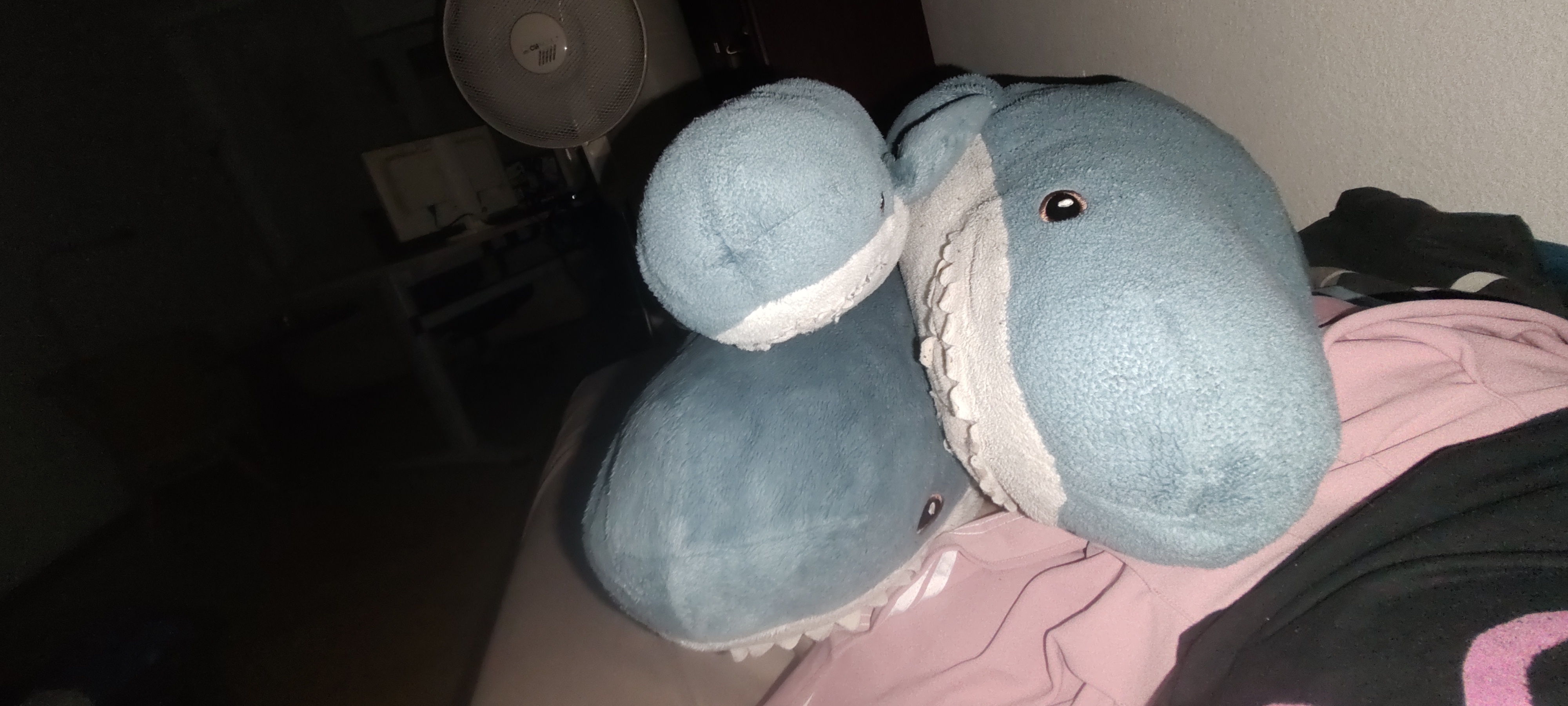Apparently, Prism Launcher chose to adhere to the idiotic principle of the hidden “trashbin”, .Trash-$(uid), invented by Ubuntu. Even though it’s based on QT. This can’t be disabled. It accumulated 139 GB of literal Trash, fully replaceable, over time. Just … why? There’s even an open issue about this, for over a year, referenced multiple times. I guess I have another point on my agenda.


This isn’t some “idiotic principle invented by Ubuntu”, it just follows the freedesktop.org Trash specification. For many users, it can be really beneficial, see also the spec’s introduction:
Whether an application like Prism Launcher should use the trash can or delete the files directly is an entirely different question.
and proper trashing is actually really helpful, so you can trash files on encrypted volumes without leaking them to a unencrypted trash dir.
trashing saves time and has a more continous workflow, as you don’t have to confirm each file to prevent accidents, because you can restore if you deleted too much
But why wouldn’t they use .local/share/Trash instead? Isn’t that supposed to be a unified directory for that very purpose?
Because that would take a long time if you deleted a large file in another partition or drive. You could also end up not having enough space to move the file to trash and if the trash directory is on an SSD, it would add a lot of unnecessary wear to it.
To explain it a bit further: when you move a file/directory on the same mount point, moving the file/directory is essentially just a rename operation, which doesn’t involve copying the data itself and is a very cheap operation. If you move a file/directory across mount points, you need to (recursively) copy the file/directory, copy file metadata and (recursively) delete the old file/directory, which is slow and error-prone.